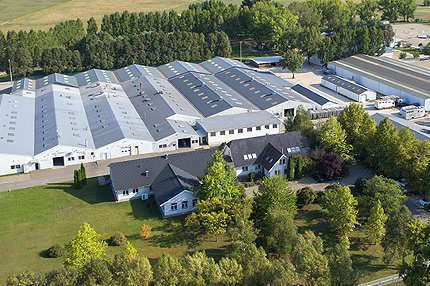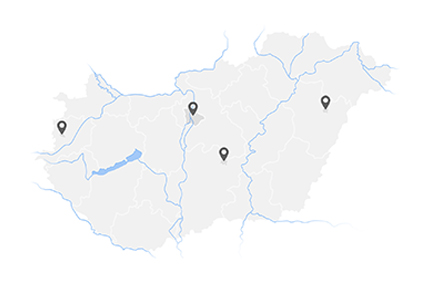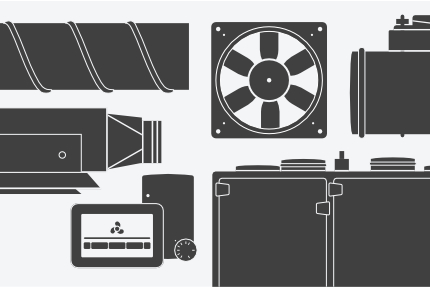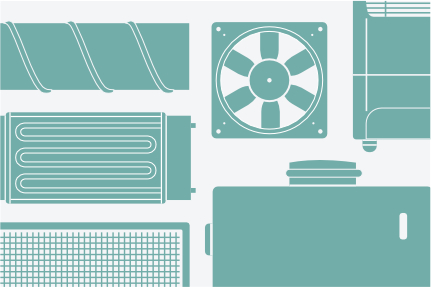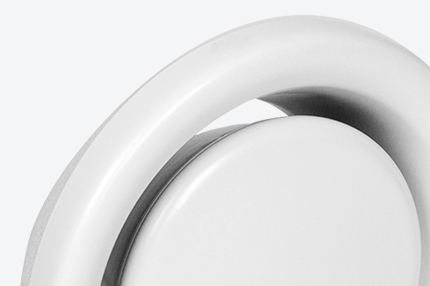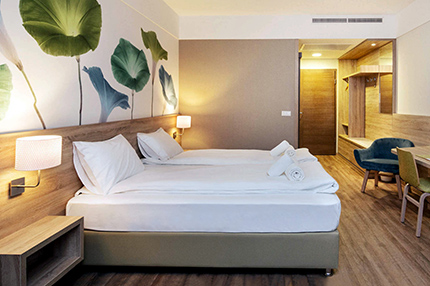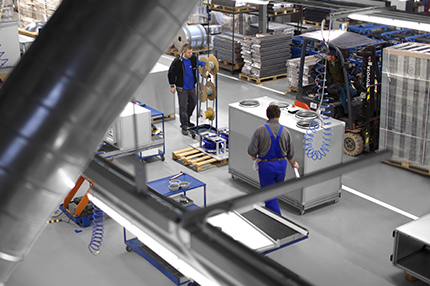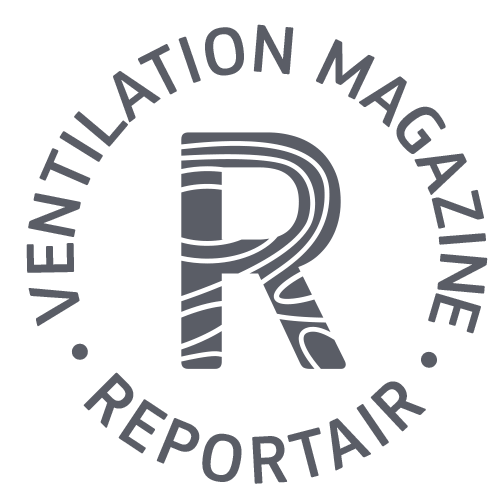Airvent has been providing clean and pleasant indoor climate in residential, commercial and industrial buildings for over 30 years now. We asked the founder and CEO Michael Pataki about the company's foundation, the milestones throughout the last three decades – and, of course, about the direction the company will take on from here.
You used to live and work in Sweden before the regime change in Hungary. Could you tell us about the background and process of starting a company in Hungary?
I went to Sweden in 1976 when I was 25, where I learned Swedish and English, then applied to university with state support. In 1982, I worked as a designer in an ventilation design office in Malmö, when I was approached by Lasse Lundeberg, with the request to design systems based on products distributed by his company Klimatbyrån into my work. I knew their products well, more precisely their market disadvantages compared to other manufacturers, so I made a proposal to improve and further develop the range. Our partnership was so successful that in 1983 Lasse invited me as a 50% co-owner and co-ceo. Klimatbyran still operates successfully today with around 36 employees. In 1984, we started outsourcing some manufacturing to the south central part of Hungary, from where we transported grilles, valves, sound attenuators, air volume controllers and plenum boxes to Scandinavia on a weekly basis. The Hungarian manufacturers were supervised by our colleague (and co-founder of Airvent) Gábor Zakupszky at the time, and I was commuting every week between the two countries. By the end of the 1980s – due to the outstanding quality of products – we achieved exponential growth, and we even managed to triple and quadruple the revenue from one year to another.
So, you manufactured with Hungarian suppliers first. Why did you have to change this setup?
The regime change caused unforeseen problems for the business. One of our Hungarian supplier was caught up in the wild capitalist atmosphere of the time, and started selling our products across Europe to other distributors, so we immediately sought a new solution for the production of our products. In 1990, we rented a few unused halls in the outskirts of Kecskemét, and in a few weeks, we launched production with 12 people. Airvent was established on the 19th October 1990. We brought the majority press bending and point welding machines and tools from Sweden to the new factory, but the painting plant was entirely built by ourselves. We managed to design and construct the most suitable technological process for electrostatic powder coating, which we still use today. Our production was developed quite dynamically in the following three months, the number of our staff increased from 12 to 30, and by the end of the first year we managed to achieve the same weekly production volume for the Scandinavian market, as our Hungarian suppliers had before the regime change..

